Search Results for Tag: biodiversity
Learning from nature’s creativity
If you don’t have a proper solution for a problem, it sometimes helps to look to others who have. When it comes to more efficient technology – copying from nature has proven a surprisingly rewarding strategy.
The most prominent example is the “lotus effect” that helps to keep windows clean, for example. But in fact, there a many others: Joins us on a trip into the world of nature’s creativity, which is a direct result of the huge diversity of life out there.
The boxfish (Ostracion cubicus) for example acted as a model for car company Mercedes and has – despite its clumsy appearance – better aerodynamic properties than a “Porsche” sports car.
Not convinced? Consider this example: Ants have inspired, both, British telecoms company BT to improve their network as well traffic psychologists and mathematicians who study ant trail dynamics to make human traffic guidance more efficient and avoid traffic jams.
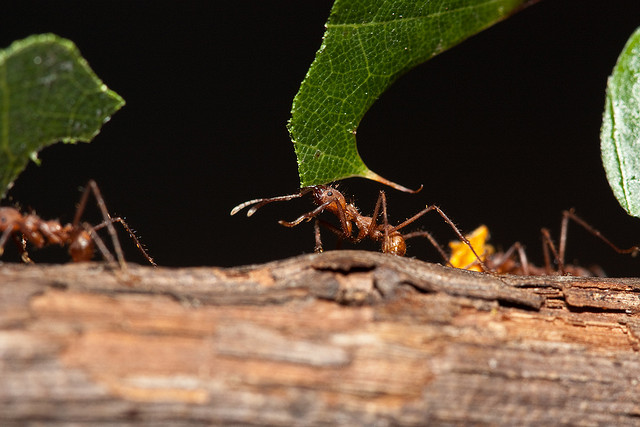
They are not only quite strong, but also well organized: as ants do rather think of the whole group’s movement than thinking egoistically of their own ongoing. (Photo credit: CC BY NC SA 2.0: Stephen Begin)
See the little hooks of this bur? Can you guess which invention it inspired? Here’s a hint: you might have it in your wardrobe or at least somewhere in your house. Yes, it’s velcro. The material was designed based on the plant’s structure (where it helped the seeds to attach to animals in order to spread)
Ever attempted to build a sand castle during your beach holidays? Chances are that, even if you thought it looks impressive – it is not nearly as well designed as termite nests which feature a very clever cooling system, that prevents the nest from overheating. Architects have taken this as a model for the Eastgate Center – a shopping and office complex in the Zimbabwean capital of Harare.
Let’s move on to technology: to colorful butterfly-wings, for example. They have been the template for the displays of consumer electronics devices including CD- or mp3-players. The wings have very good reflection properties for bright colors.
Not quite wings – but close enough: the wavelike edge of a humpback-whale’s fins has been imitated by engineers for the construction of wind turbines.
Any more ideas of how nature has inspired human inventions? Discuss with us in the comments below!
Nature and Culture: Diversity rules
Relax. Breathe. Feel your pulse. Is it regular? Good. Because that, of course, is why you are alive. It shouldn’t be monotonous though. That could mean you might be in trouble soon. It’s a startling discovery scientists made back in the 1990s: A heart that beats with little variability can herald anything from cardiovascular disease to cognitive problems – even heart attacks. Variation, in other words, is key for life. Love or hate that metaphor – but this idea that variation and diversity are not merely coincidental but fundamental to live is what ties nature to us humans.
Cultural diversity is shaped by biodiversity. That’s what experts say, who have started to look at this connection in greater detail over the last years:
Nature and culture converge on many levels that span values, beliefs and norms to practices, livelihoods, knowledge and languages. As a result, there exists a mutual feedback between cultural systems and the environment, with a shift in one often leading to a change in the other. [For instance,] If plants or animals are lost then the words used to describe them are often lost from a language shortly after
Ok, that gives an impression of how cultural and biological diversity are connected. But why is that diversity important? An ecosystem that is more diverse is better able to adapt to or survive massive disturbances, i.e. anything from natural disasters to fungal infestations to “human disturbance”. Or conversely, if mono cultures get hit by disasters it can be catastrophic. A single type of bug has the potential to wipe out whole crops, for instance, if they consist of plants that happen to be susceptible to the intruder. The present crisis faced by the global banana industry is a good example. So, in short: If it’s more diverse it’s more robust.
But it is just that resilience and durability of local landscapes, forests, lakes, plant and animal life that provided the stable setting in which humans could develop their culture and cultures in all their facets. Social scientists say that, similarly, this cultural diversity makes societies more robust, too:
Cultural diversity, and the knowledge, innovations and outlooks it contains increases the capacity of human systems to adapt and cope with change.
5 smallest animals
Lists are somehow en vogue so we’ve put some together for you – like the 5 smallest animals in the world (to be completely honest, we should say “the five smallest animals – that we found pictures for”).
Hippocampus denise – the smallest seahorse
The Denise’s pygmy seahorse grows only 1.5 centimeters long and are named after the underwater-photographer Denise Nielsen-Tackett.
Brookesia micra – the smallest reptile
This chameleon – that does not have a non-scientific name (yet) – is with a maximum length of 29 millimeters the smallest known reptile. It lives only in one spot on our planet: in the North of Madagascar.
Leptotyphlops or Tetracheilostoma carlae – the smallest snake
As thin as a spaghetti noodle, you better don’t chew on it or dip it in tomato sauce… with a maximum length of 104 millimeters it won’t satisfy your hunger anyway. If you are curious about the name: It’s discoverer Blair Hedges named it after his wife Carla Ann.
Mellisuga helenae – the smallest bird
The bee hummingbird flies around mainly in Cuba – and can easily been overlooked as it is only about 6 centimeters long and quite fast: during one day it visits about 1,500 flowers.
Paedophryne amauensis – the smallest frog
The smallest vertebrate – the frog Paedophryne amauensis – was found in Papua New Guinea, where it prefers to live in the leaf litter of the ground of tropical forests.
Among the cutest smallest animals is the Pygmy Marmoset.
You spotted other cute, tiny animals? Share your examples with us in the comments below!
What ranks higher: Biodiversity or need for green energy?
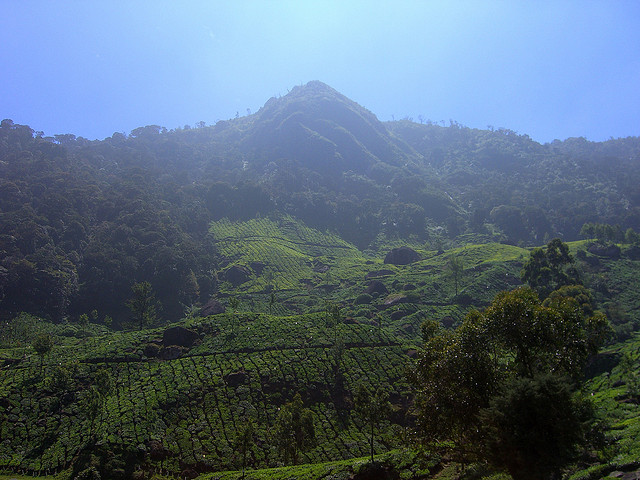
The Western ghats in India are home to 39 Unesco World Heritage Sites (Photo credit: CC BY NC SA: pocketdora)
If you were a politician and forced to choose, in which way would you push your agenda: preserve nature’s diversity by upholding protected areas or to lift the restrictions to allow them to be used for green energy projects – such as solar power or wind farms?
Such decisions are made all over the world. In Sweden for example, there is great potential to expand the use of hydro- or wind-power. At the same time large parts of the country are nature reservoirs and thus protected. But people in Sweden people love there nature and they seem to generally agree that protected areas shouldn’t be given up for the sake of more green energy.
In India the opposite happens: In a region called the “Western ghats“, reaching along almost the whole Western coast of the country. Due to its richness in unique plant- and animal-species it’s also considered a global biodiversity hotspot – one of 35 biodiversity hotspots worldwide. Though, a little over a third (some 60,000 sq km) of that area is designated an “ecologically sensitive area” and thus protected. Well, “protection” here means the following: Companies are not allowed to dig mines, set up thermal power plants or any other polluting industries. But hydro-electric power plants and wind turbines are ok if they conform to strict “green” rules and monitoring, according to a report by the Times of India.
The other 63 percent of the Western Ghats will remain unprotected, designated as “cultural landscape” (including villages, agriculture and non-forest plantations). But biodiversity experts call for caution: just because a region is considered a “cultural” landscape it should not be less worth protecting. Also, in a cultural landscape they consider industrial activity to be a possible threat to nature’s richness. Environmentalists fear desertification of the region may be a problem, too.
As so often it comes down to a hard choice between economic goals and the value of nature: How would you decide?
When a glowing cockroach meets a blue-balled monkey
Each year, on the birthday of Carolus Linneaus (also known as Carl von Linné), who was a great Swedish botanist of the 18th century, the International Instiute for Species Exploration at the Arizona State University releases a top 10 list of last year’s new discovered species.
2012 must have been a great year for taxonomists (these guys give the new species their names), because the list offers some very special creatures such as a glow-in-the-dark-cockroach, a comb-shaped sponge or the world’s yet smallest frog.
The ten species have been choosen from a list of 140 nominees that have been take from a list of 18.000 named species in 2012. So are they more important then the others? Of course they are not. But they probably are more able to raise public awareness on the biodiversity crisis then others.
See yourself if it works. The scishow on youtube has done a very fast and funny video about that list which is definitly worth a look.
At least the list is a very welcome change in the usual news reports on the eco-system. Not everything here has to be doomy all the time. But, of course, the habitats of the new discovered species are not automaticly secured. Most of them are already threatend and just a few steps away from extinction.
Read those lists where you find them. They are important.



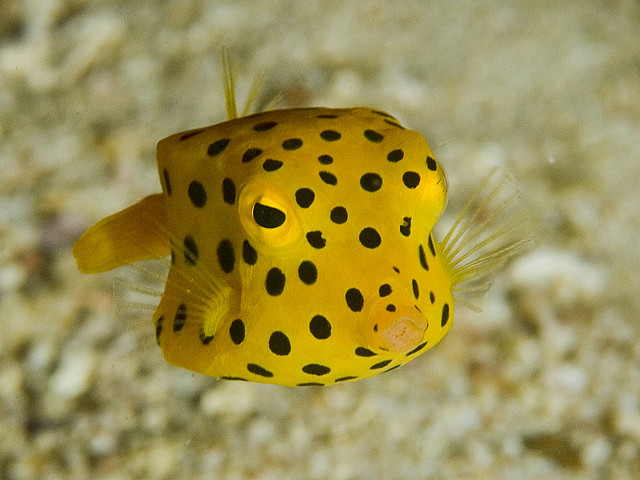
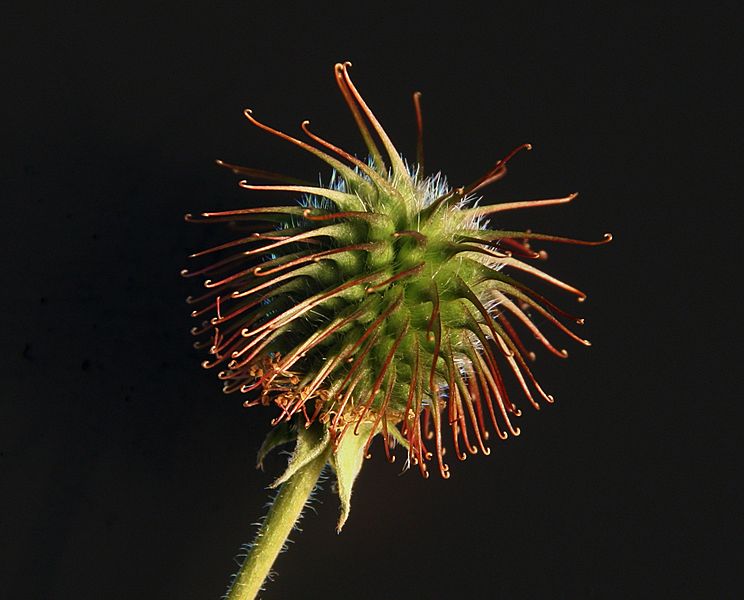
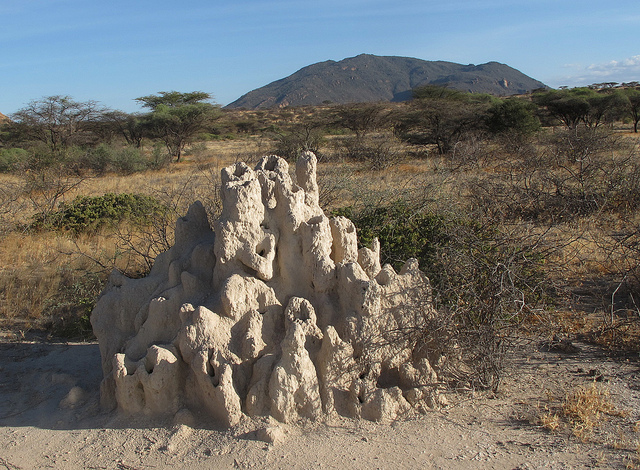
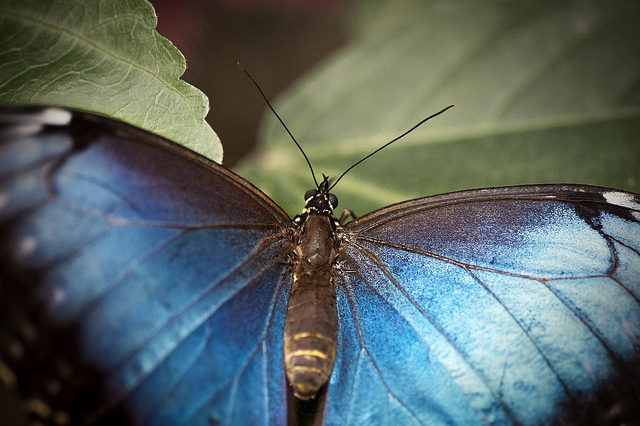
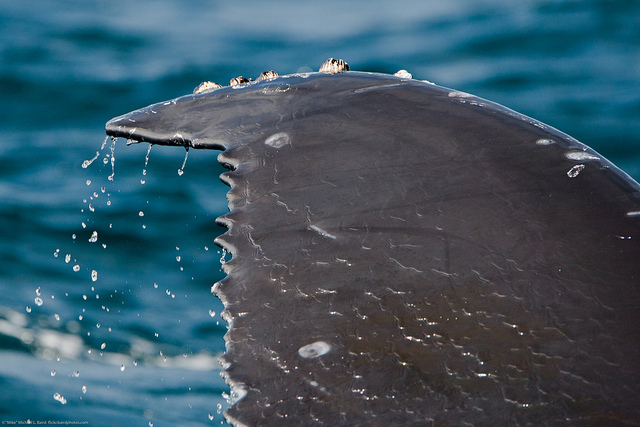

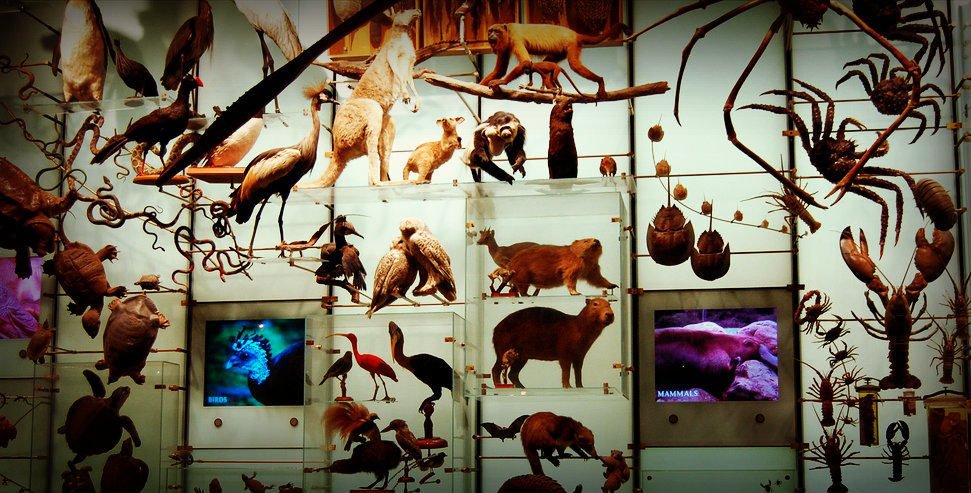
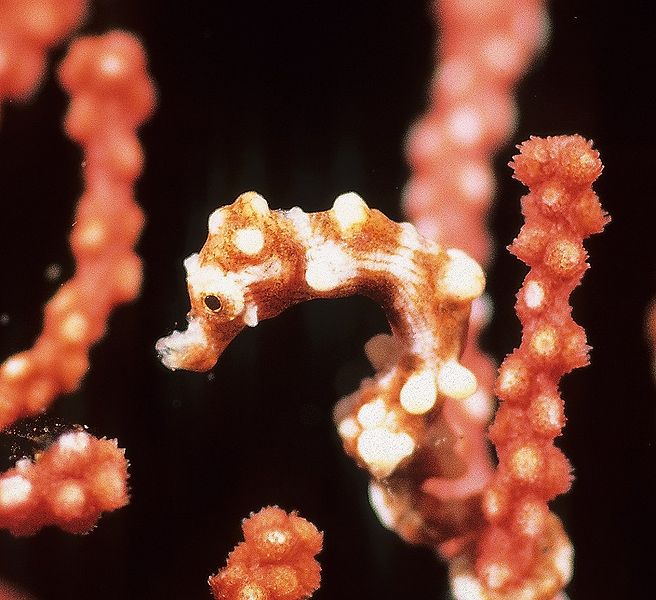
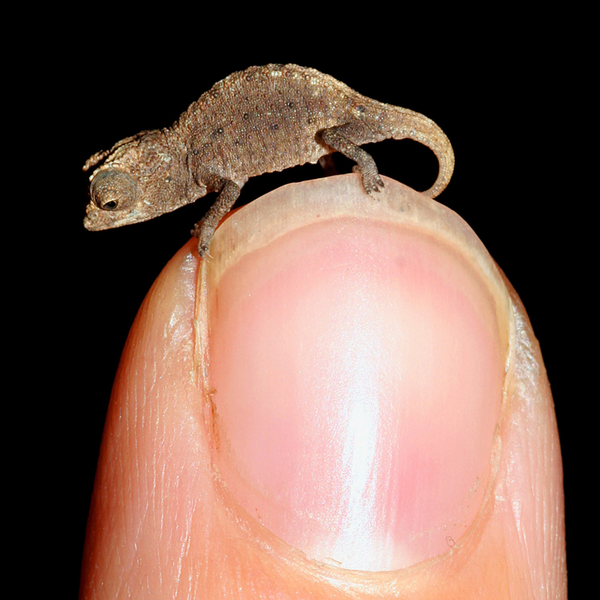
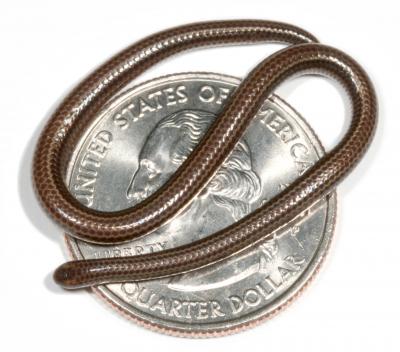
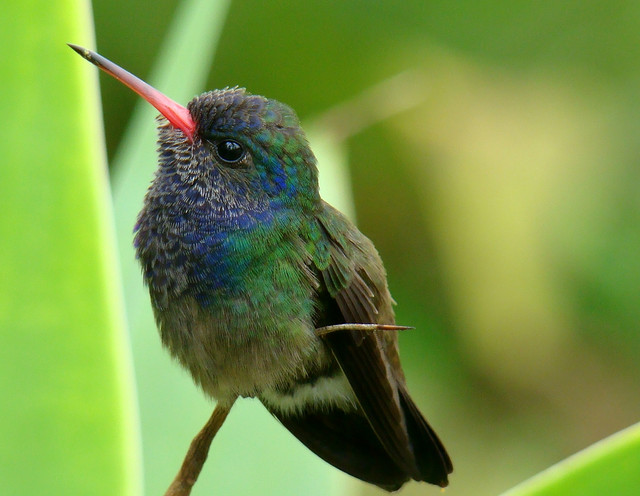
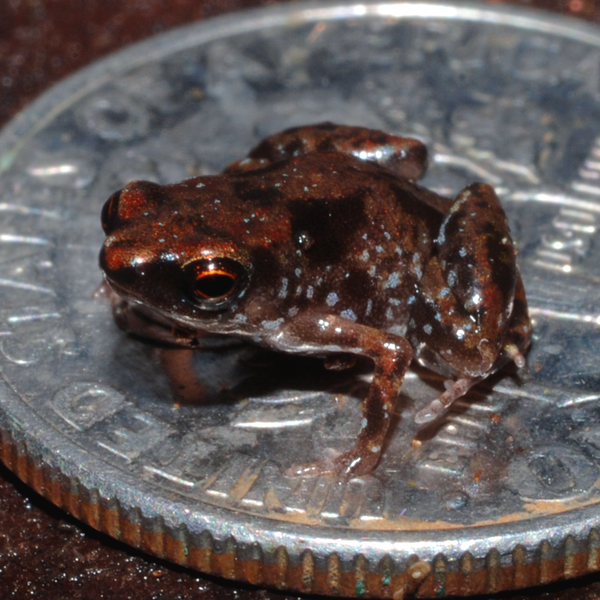
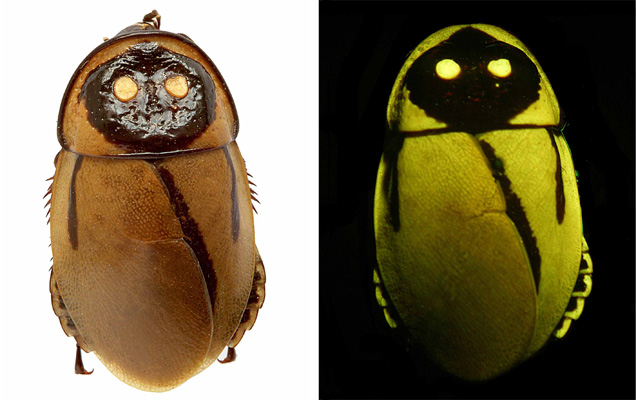




Feedback